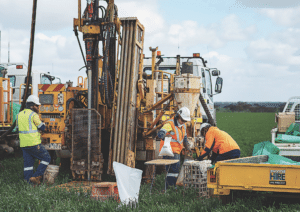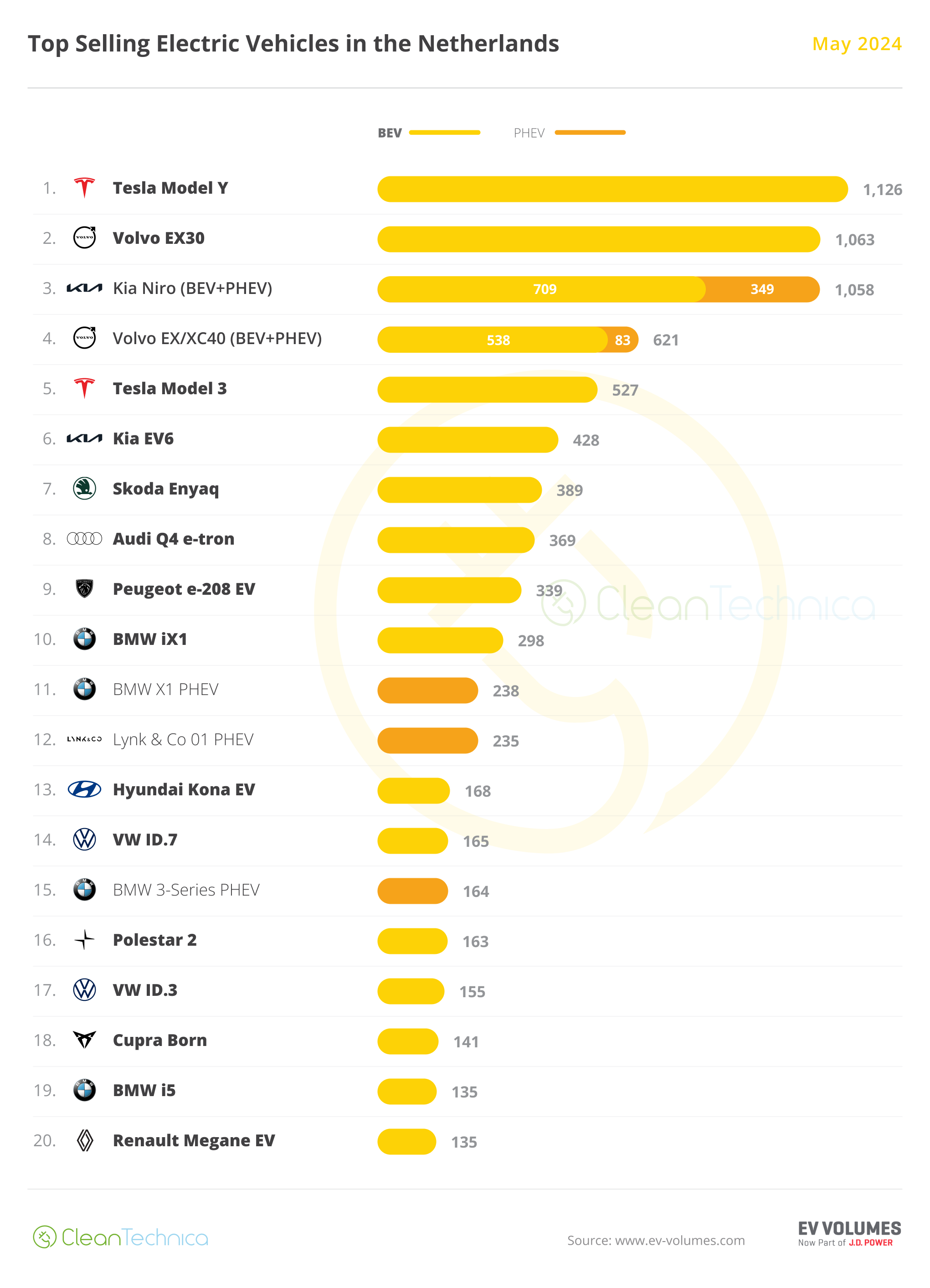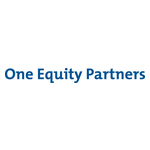VHM is set to produce the four most important rare earth elements for an electrified world. And the company’s upside doesn’t stop there.
A new Australian critical minerals province has been established in an unassuming mining state historically known for its gold production.
Through the smarts of mining industry veterans Graham Howard and Don Runge, VHM – which listed on the ASX in early 2023 – has discovered a rich endowment of rare earths and mineral sands near Swan Hill in north-west Victoria.
Given the purity of the Lake Boga granite that forms the basis of VHM’s Goschen project, the gangue minerals that typically attach to hard-rock rare earth ores have already been removed by ancient sea movements.
This has enabled Goschen’s rare earths mineralisation to be concentrated into horizons no more than 30 metres in depth, to support conventional, low-cost mining and processing methods.

Within this, Goschen will supply the ‘big four’ rare earths needed to create the permanent magnets that go into wind turbines and electric vehicles (EVs): neodymium, praseodymium, dysprosium and terbium.
If Goschen wasn’t de-risked enough, one can also consider the fact the project will have multiple revenue streams through the parallel production of rare earth mixed concentrate (REMC) and zircon-titania heavy mineral concentrate (HMC), with sales of the HMC to cover upwards of 60 per cent of the rare earths’ operating costs when Goschen production commences.
A hydrometallurgical circuit to produce a mixed rare earth carbonate (MREC) product is also in VHM’s plans for the Goschen operation. Pilot-scale MREC test results have provided exceptional recoveries of 97 per cent neodymium–praseodymium, 92 per cent dysprosium and 94 per cent terbium.
“If you look at our basket of rare earths, we’re attracting a lot of attention mainly because we have both heavy and light rare earth products,” recently appointed VHM executive director and interim chief executive officer (CEO) Ron Douglas told Australian Mining.

Douglas, who has had a distinguished career in the resources industry, including in senior project development roles at Newcrest, Rio Tinto, Orica and Ausenco, moved into the interim CEO role in mid-September 2023.
For someone of Douglas’ renown to move into the top job at VHM is validation of the work the company’s pioneers have done to this point.
“I came (to VHM) when approached because of what I saw in the asset,” Douglas said. “This is a great asset, and it is something that can make a big difference to VHM, Victoria and Australia when you look at the part we’ll play in the future.”
As VHM restructured its board to support Goschen’s advancement from exploration to construction and mining, Ian Smith, former managing director and CEO of Newcrest and Orica, moved into a non-executive chair position.
“Companies go through cycles and often when you come to this transition point where you move from an explorer to a developer, you require different skills,” Douglas said. “I admire companies that recognise that they need different skills and go out and get them.”
Douglas said that while the VHM board has been bolstered with additional expertise, the company hasn’t “lost the skills that got us to this point”.
“We have retained the historical knowledge with Graham and Don taking on non-executive director roles,” Douglas said. “We now have what I consider to be a very strong board with the requisite skills.
“What I’ve found since arriving at VHM is that we have very capable people. We’re a small company, but we’ve got the skills to develop this asset and we’ve now got the capability on the board.”
On November 20 2023, VHM’s Environment Effects Statement (EES) for the Goschen project entered a 40-day public exhibition period, allowing members of the public to make submissions to Planning Panel Victoria (PPV) regarding the EES.
Following the public exhibition period, a public hearing held by an independent inquiry and advisory committee (IAC) will advise Victoria’s Minister for Planning of the environmental effects of the Goschen project.

A positive ministerial assessment of Goschen will enable VHM to apply for its relevant permits and mining licence, thereby informing the company’s final investment decision (FID) for the project.
If all goes according to plan, VHM will look to begin constructing Goschen in the second half of 2024, with first production to commence in 2025.
Douglas said in the process of building its 4000-page EES, VHM has proactively prepared all the relevant project understanding and documentation to ensure it can respond to any community and regulatory concerns quickly and efficiently.
“Goschen will involve probably the lowest-impact mining that can be done,” Douglas said.
“With the help of gravity, we remove the topsoil and store it. We then pull out the small portion of mineral sands and rare earths – the orebody – and, after a period of time, we put the rest of the sands straight back in the hole.
“The topsoil then gets reinstated and the farmer gets his farm back.”
As Howard told Australian Resources & Investment in February 2023, “there’s no surface tailings, there’s no permanent waste dumps and there’s no visual scars”.
“This process allows you to extract critical minerals such as the rare earths and rehab the ground as you go,” Howard said.
“This is a really important segue on why we did it – we were looking at how we could mine in a sustainable manner in the future.”
Neodymium, praseodymium, dysprosium and terbium are four of the critical minerals listed on the Australian and United States critical minerals lists as enablers for an electrified future.
This feature appeared in the February 2024 issue of Australian Mining.




